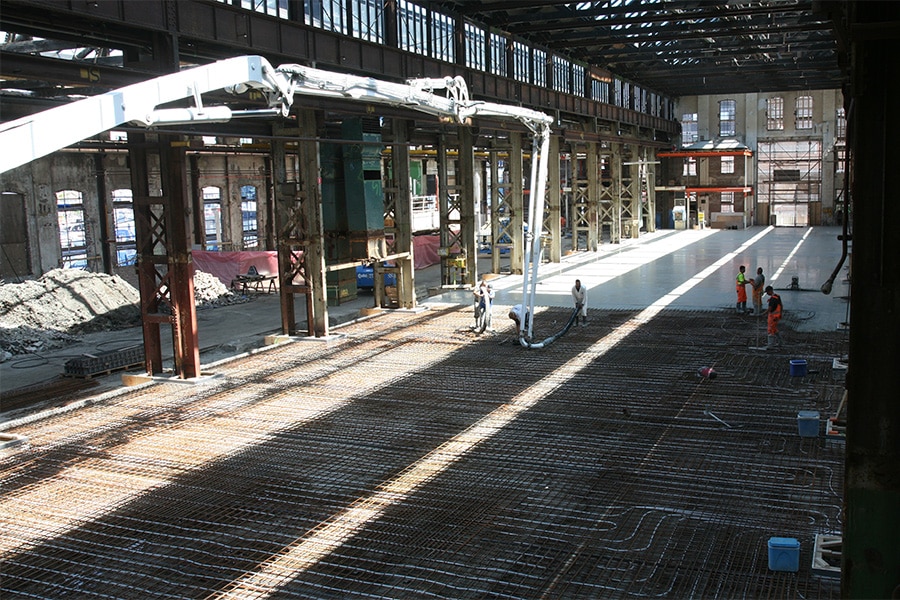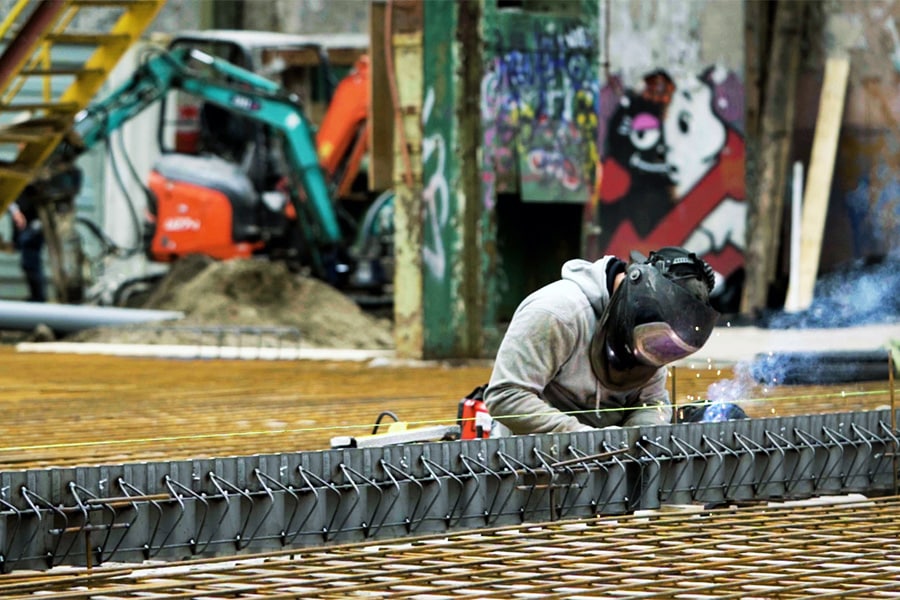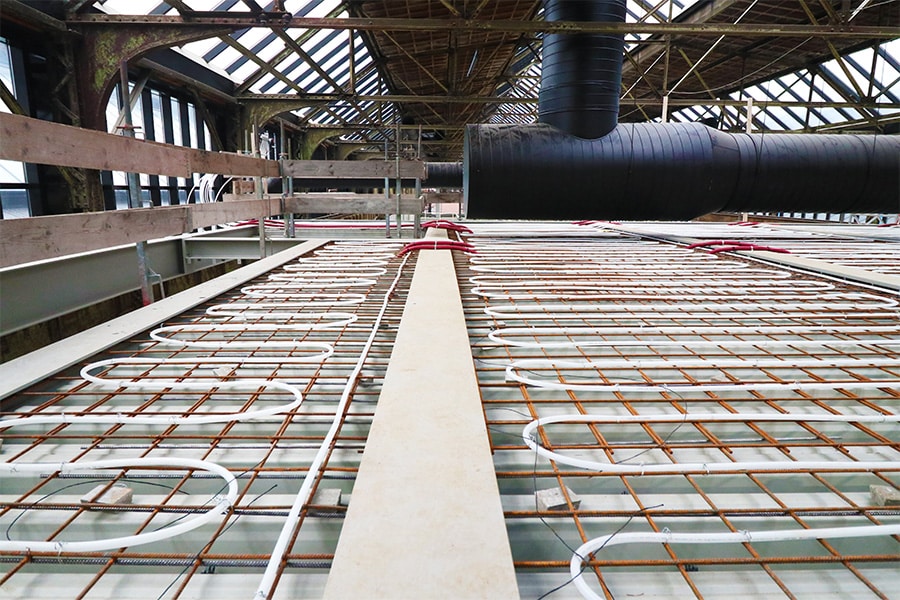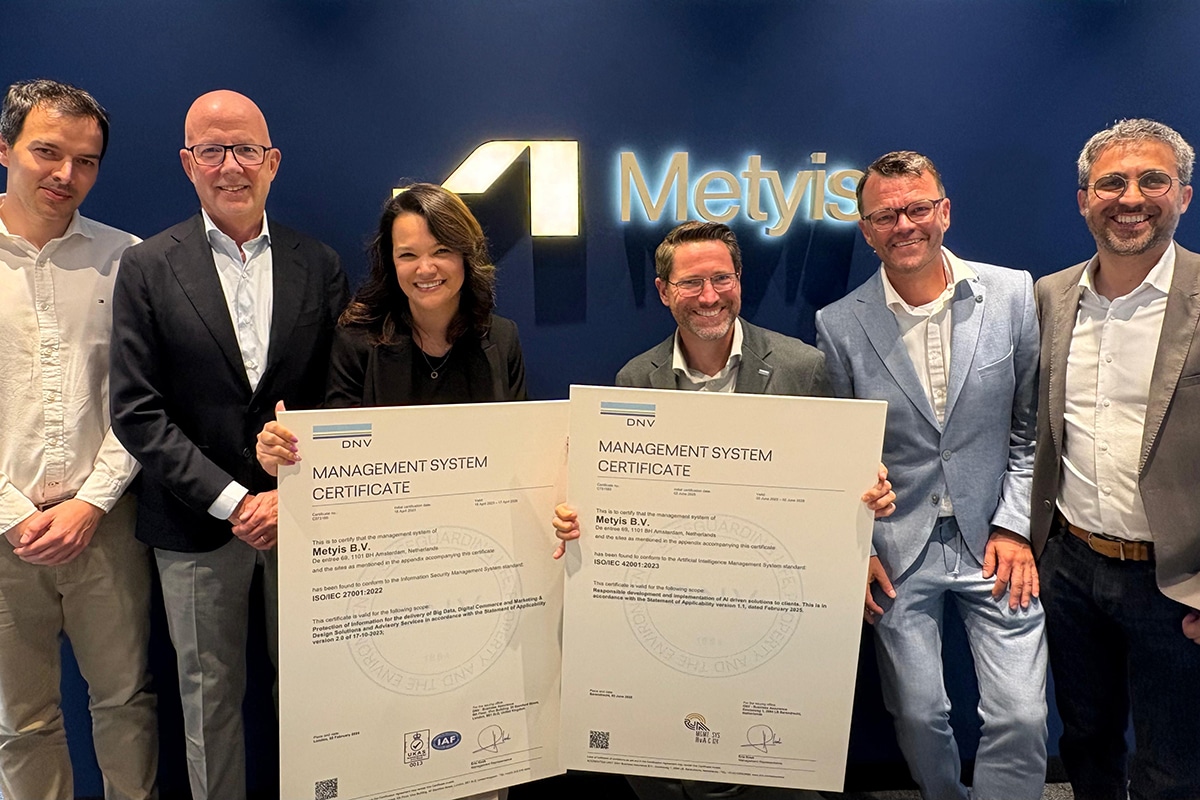
New measurement concept brings condition of concrete structures into complete picture
Concrete is an exceptionally strong material. However, it has one weak spot: rust. An intruder that likes to nestle where you least expect it and gnaws away at the load-bearing capacity and safety of structures. The BetonCheck™, the measurement concept presented at the last Concrete Day, makes it possible to be one step ahead of rust and concrete rot. On behalf of van der Heide, the specialist in the Netherlands in the field of cathodic protection, project leader Ruurd Dijkstra explains.
With seven offices, van der Heide is committed every day to reducing risks to electrical infrastructures, buildings, (hydraulic) engineering structures and transmission lines prevent and/or limit the damage. In doing so, the company, which is based in Drachten, takes care of private individuals, companies and governments in a tailored manner. "We translate legal requirements and guidelines into daily practice," Dijkstra explains. "In this way we contribute substantially to safe operations, cost reduction and continuity of business processes. The basis for a sustainable living and working environment."
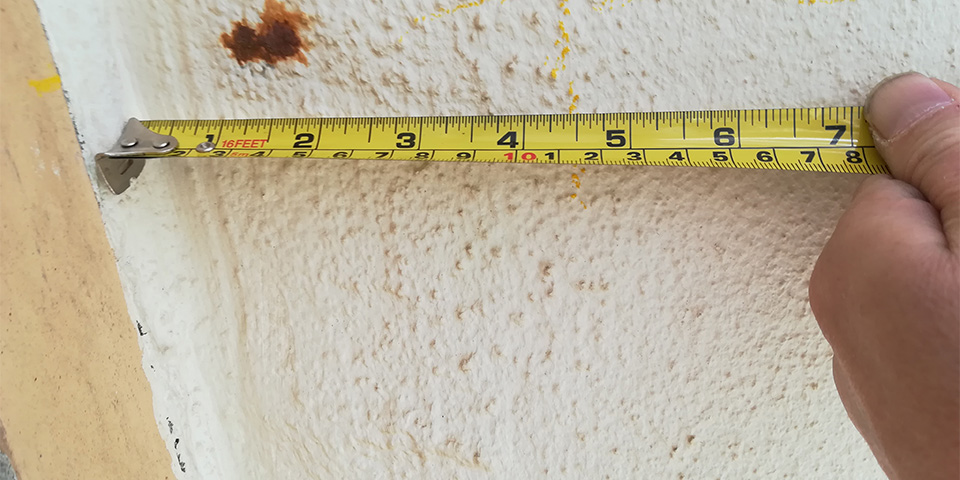
First signs of concrete rot in balcony.
Completeness
The list of services offered by van der Heide recently includes the Concrete Check™, a measurement method that is characterized by both certainty and completeness. "Rust is capricious and can manifest itself in the most unpredictable places," continues Dijkstra. "A random sample is therefore never sufficient to chart the condition of a structure. On the contrary, a good inspection requires completeness." Hence, the ConcreteCheck™ always consists of three steps. It starts with a file examination and a baseline measurement. The latter includes, among other things, a visual inspection and a potential measurement of the reinforcement. As the only technical service provider in the Netherlands, van der Heide uses specialized measuring equipment in this process. "This enables us to examine suspicious spots for corrosion rate," Dijkstra said. "The data obtained reveal incipient concrete rot while providing clear insight into its progression and possible risks."
Risk-based approach
With the research results, a Plan of Action is then drawn up in Phase 2. To this end, various calculations and additional investigations will be carried out, for example regarding load-bearing capacity, bending tensile stress and chloride profiles. "It is important to know which locations are urgent and which are less so," says Dijkstra. "Such a risk-oriented approach ensures customized management and maintenance. After the baseline measurement and the implementation of necessary repairs, we keep our finger on the pulse. We continue to monitor the structures and inspect suspected and repaired areas annually. Are there any risks? Then we intervene."
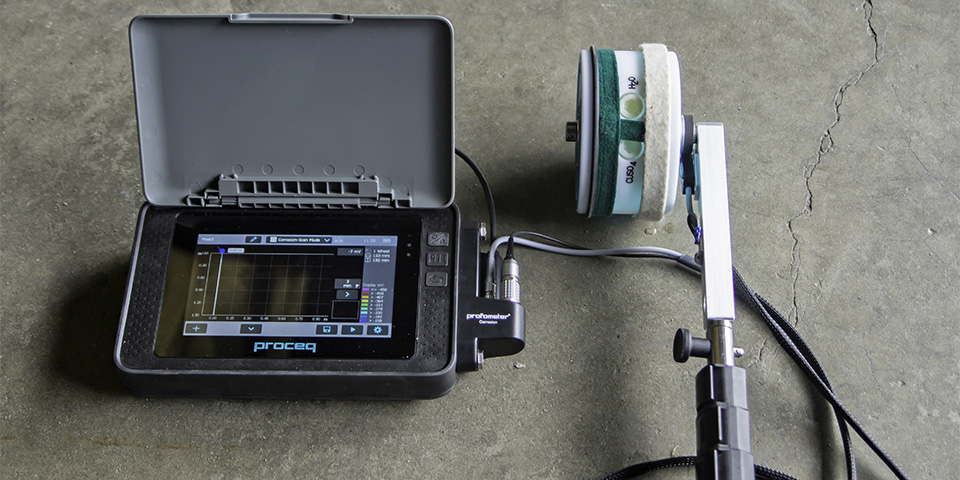
Measuring Equipment ConcreteCheck™.
Sustainable tracking
The ConcreteCheck™ may have just been officially presented, but the measurement concept has
has already proven its value in practice. "Recently we were commissioned by housing foundation
Patrimonium used the ConcreteCheck™ to examine three flats in Groningen for corrosion," says Dijkstra. "With this, they chose an effective, efficient and extremely sustainable way of solving the problem. You don't chop or break, you just keep an eye on the buildings. And if eventually measures are necessary, they can be taken at relatively low cost. A fact that fits in perfectly at a time when CO2- and nitrogen emissions is emphatically central."
